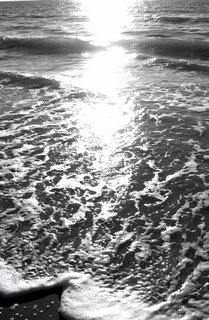
I don’t much care for Naples, Florida. New money goes to show off there in huge over-embellished ugly villas dripping with columns and fountains and protected from gawking tourists by custom electronic iron gates. Before Interstate 75, before the expanded Southwest Florida airport, before direct flights from Dusseldorf, Naples was a quiet town with a great beach and warm weather. Retirees from Proctor and Gamble’s Cincinnati headquarters went there to buy modest frame houses or sunny beach front condominiums.
However, the antiquing can be good in Naples for two reasons. Rich people die there and even richer people who are still living, wanting to play the mine-is-bigger-than-yours game, dump some pretty good things they had back home in order to buy the gilded rococo junk that passes for great local style. By the way, the phenomenon of dumping good-looking things cheap in order to buy expensive ugly things is bi-coastal. Check out Montecito, California if you don’t believe me.
We were antiquing in Naples the other day and ran across this iron frog. It’s certainly not expensive and not very old either, probably late 19th or early 20th century. However the frog has a great look and demonstrates very nicely one of the rules my wife taught me when buying what we in the trade call “smalls”. The rule is; whenever possible buy things that can serve more than one purpose.
Let’s look at the frog again with that in mind. One, it’s a cast iron string holder that needless to say can still, very nicely, hold a ball of twine. Two, itÂ’s a great decorative object in and of itself. Many people collect decorative frogs and this one is certainly unusual. Finally, the thing would be very handy at the bottom of a flower vase or sitting on a front hall table holding the stems of heavy blooms or dried flowers. See what I mean, it's a three-in-one object, a nice “small” indeed.
